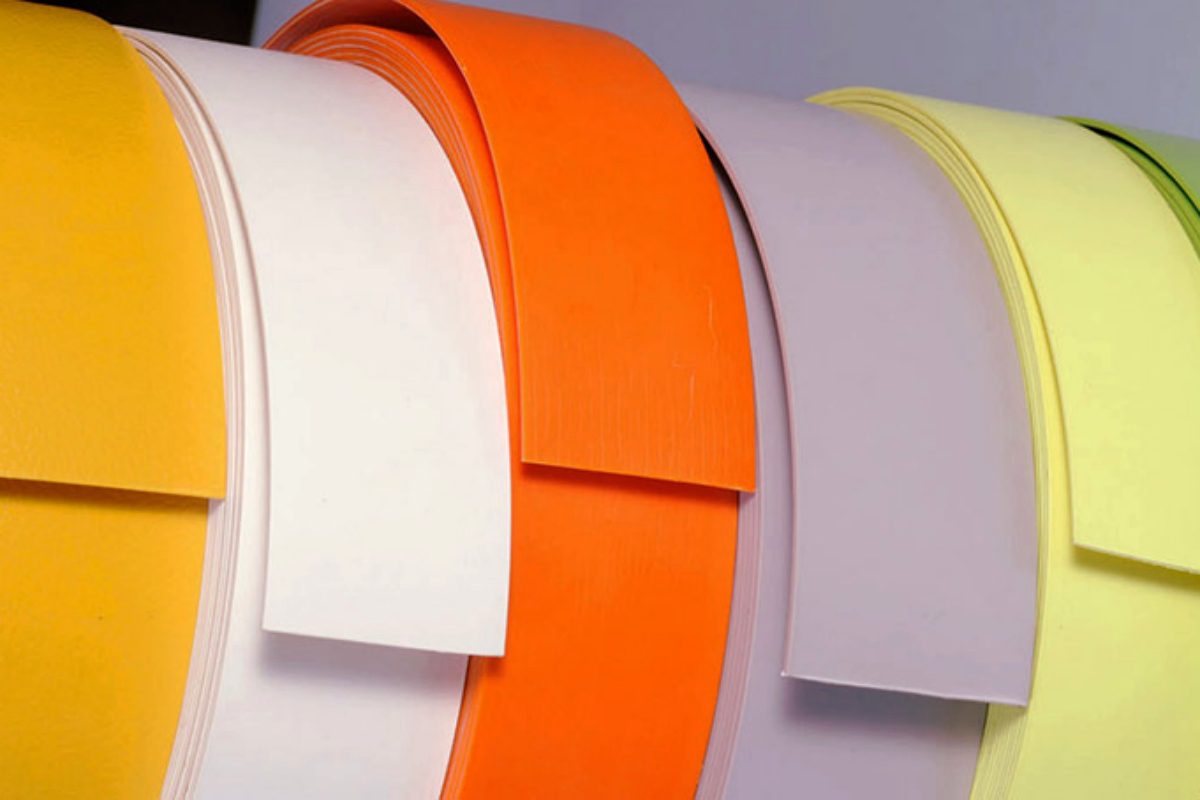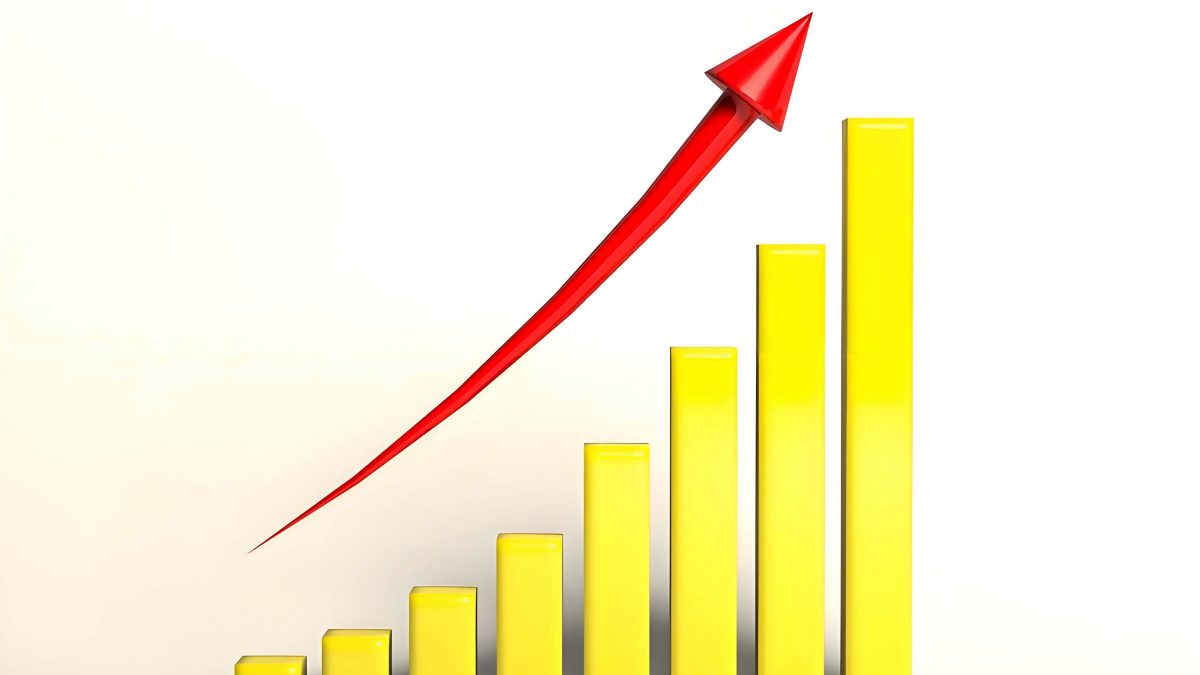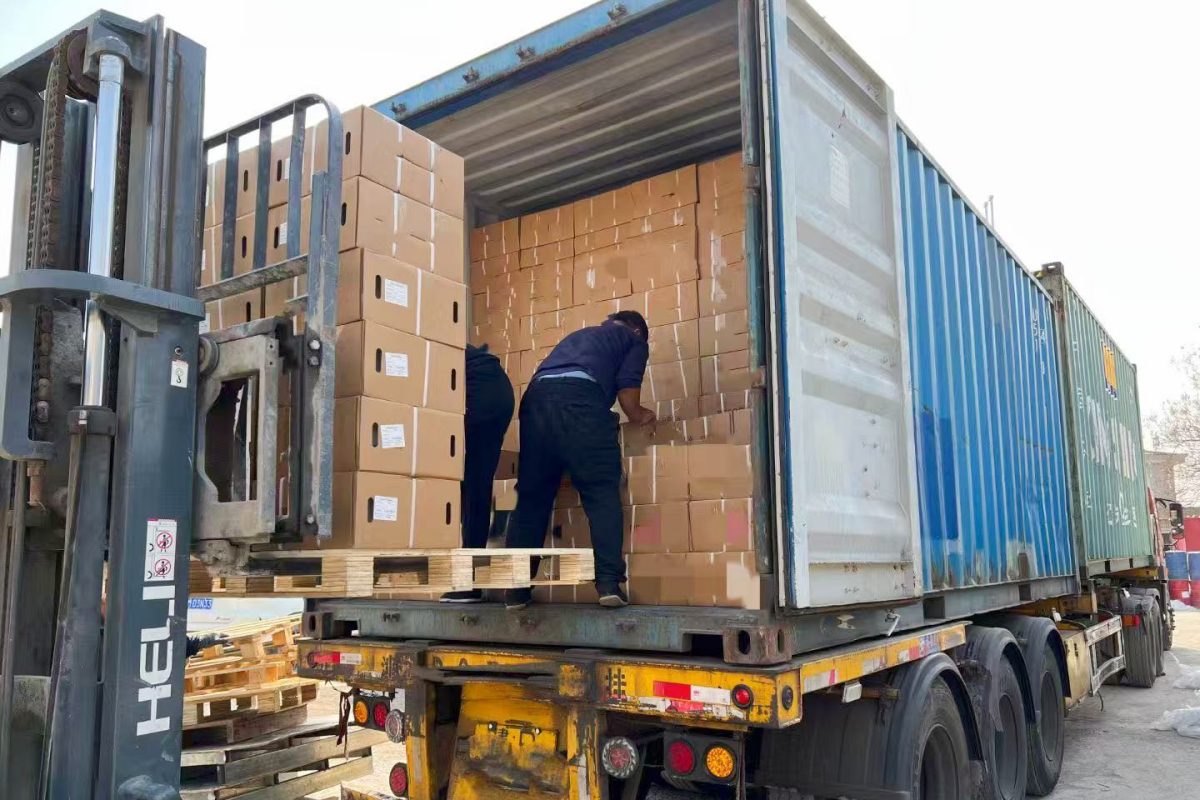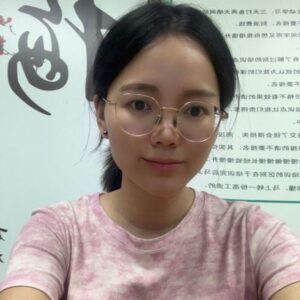As the global furniture industry transitions toward scale, customization, and environmental friendliness, PVC edge banding—a key auxiliary material in furniture manufacturing—continues to see growing market demand. According to industry data, the global furniture market is expected to exceed $650 billion by 2025, with the Asia Pacific, North America, and Europe being the primary consumer markets. PVC edge banding, with its wear resistance, moisture resistance, rich colors, and cost-effectiveness, has become the preferred edge banding solution for panel furniture, particularly in the custom furniture sector, where its penetration rate is increasing year by year.
This article outlines the key drivers of the international market in 2025, hot demand countries and regions, and the regulatory and environmental challenges it faces. It also provides practical advice for edge banding traders to help you seize new opportunities in PVC edge banding sales.
What is PVC edge banding?
PVC edge banding is a material used to seal furniture edges, made from polyvinyl chloride (PVC). It’s extruded through a high-temperature die to a specific width and thickness, then printed and embossed. Edge banding is commonly used to seal the edges of materials like particleboard, medium-density fiberboard (MDF), and multilayer boards. Its primary functions are to protect the board, enhance its aesthetics, and increase its durability.

Global Market Overview in 2025
Market Size and Growth Rate: Mainstream market research firms indicate that the edge banding market will maintain growth from 2024 to 2025, with an estimated overall market size of approximately US$1.5 billion in 2025. This growth rate is projected to continue at a medium-to-high compound annual growth rate over the next few years (different reports indicate growth rates ranging from 5% to 9%). These forecasts indicate that this market segment still has room for robust expansion.
North American market: Strong demand for residential decoration and commercial furniture in the United States and Canada has driven the import volume of PVC edge banding to increase by more than 8% annually.
European market: Germany, Italy, and the UK have a significant demand for environmentally friendly PVC edge banding, and certifications such as REACH and FSC have become mandatory purchasing standards.
Southeast Asia and the Middle East: Driven by the demand for scale and customization in the furniture manufacturing industry and the expansion of furniture exports from emerging manufacturing bases (such as Vietnam and India), the local demand for PVC edge banding imports has been boosted.

Three major trends driving the demand for PVC edge banding
1. Customization and Automated Production in the Furniture Industry
Customized furniture, modular cabinets, and the online ordering and offline delivery model are driving higher demands for edge banding in terms of pattern consistency, durability, and delivery speed. Furthermore, edge banding requires compatibility with high-speed automatic edge banding machines and digitally printed patterns.
2. Sustainable and Regulatory-Driven Environmental Requirements
Consumers and major brands are increasingly demanding environmentally friendly materials and traceable supply chains. Furthermore, markets like the EU have tightened restrictions on certain additives in PVC (such as lead and restricted plasticizers), directly impacting export compliance and sourcing decisions. Edge banding manufacturers are required to provide compliance testing reports (REACH/EN/CARB/other relevant certifications) to maintain export capabilities to demanding markets like Europe and the US.
3. From Single Material to Multi-Material/Environmentally Friendly Alternatives
While PVC remains the mainstream due to its cost and performance, ABS edge banding, PP edge banding, acrylic edge banding, and wood edge banding are growing faster in the high-end and environmentally friendly market segments. For exporters, being able to offer a variety of edge banding types or making PVC edge banding more environmentally friendly through modification will enhance their competitiveness.

Major demand countries and export opportunities
Europe (Germany, France, and the Nordic countries): These markets have high environmental and regulatory compliance requirements (REACH/restricted substances, recycling feasibility), and are suitable for exporting PVC edge banding products with strong compliance, a wide variety of styles, and consistent quality.
North America (the United States and Canada): Durability and customization are key, and quick response and customization capabilities are key to winning orders.
The Middle East and Africa: Markets focused on cost-effectiveness, moisture resistance, and durability are attractive for large-volume orders and long-term partnerships, requiring PVC edge banding suppliers to maintain high pricing control.
Emerging markets such as Southeast Asia and Russia: The expansion of the local furniture manufacturing industry has generated significant demand for mid- and low-end bulk products, creating opportunities for large-scale exports and suitable for PVC edge banding factories with strong production capacity.
China’s PVC edge banding export advantages
1. Complete Industrial Chain and Large-Scale Production
China is one of the world’s largest manufacturers and exporters of furniture and PVC edge banding. With a comprehensive industrial chain, everything from PVC raw materials, masterbatches, printing inks, to finished edge banding can be quickly sourced domestically. This clustering effect results in lower production costs, faster delivery times, and a wider selection of designs and colors.
2. A Variety of Textures and Customization
Most Chinese PVC edge banding manufacturers, with their strong R&D and production capabilities, offer buyers hundreds of wood grains, solid colors, metallics, and glossy/matte finishes, and support custom orders based on sample requirements.
3. Extensive Export Experience and Global Market Coverage
China’s PVC edge banding is widely exported to markets including Europe, North America, Southeast Asia, the Middle East, and Africa. Our factories are familiar with the customs, packaging, and shipping requirements of various countries. Some factories also have overseas agents or warehouses, shortening delivery times.
4. Price Competitiveness and Stable Quality
Due to large-scale production and a mature supply chain, Chinese edge banding offers significant price advantages while ensuring consistent quality. This makes it particularly competitive in the mid- and low-end markets. In the high-end market, modified PVC and environmentally friendly formulas also meet regulatory requirements such as REACH and CARB in the European and American markets.
Demand for PVC edge banding in the global furniture market is expected to continue to grow in 2025. Choosing a Chinese edge banding factory not only offers competitive pricing and a diverse product range but also allows for easy access to high-potential markets such as Europe, North America, and the Middle East, leveraging its proven export experience and regulatory compliance capabilities.

Frequently asked questions about international market demand and trends
Q1. Will PVC edge banding be replaced?
It won’t be completely replaced in the short term. While ABS, PP, and wood edge banding are growing in the high-end market, PVC edge banding still dominates due to its cost-effectiveness and processing performance.
Q2. What documents are most important for exporting PVC edge banding to Europe?
Commonly required documents include a Certificate of Origin (CO), Composition and Testing Report (REACH/EN), Quality Inspection Report (COA), and other compliance certificates required by the client.
Q3. Which types of PVC edge banding products will be more popular in the coming years?
Demand for the following product types is expected to continue to rise:
1. Environmentally friendly edge banding
Products made from renewable resources or recyclable materials.
2. Visually appealing edge banding
Examples include ultra-narrow edge banding (for modern, minimalist designs), edge banding that perfectly matches popular panel colors, and products with special surface textures.
3. Functional edge banding
Antibacterial products for the post-pandemic era and flame-retardant products for use in public spaces.
Global furniture market demand for PVC edge banding is expected to continue to grow through 2025. Choosing a Chinese edge banding factory not only offers competitive pricing and a diverse product range but also allows for easy access to high-potential markets such as Europe, North America, and the Middle East, leveraging proven export experience and regulatory compliance. Contact Shengmei’s China edge banding factory today to obtain the latest PVC edge banding product catalog, samples, and export quotes. Let us become your trusted, long-term partner.


